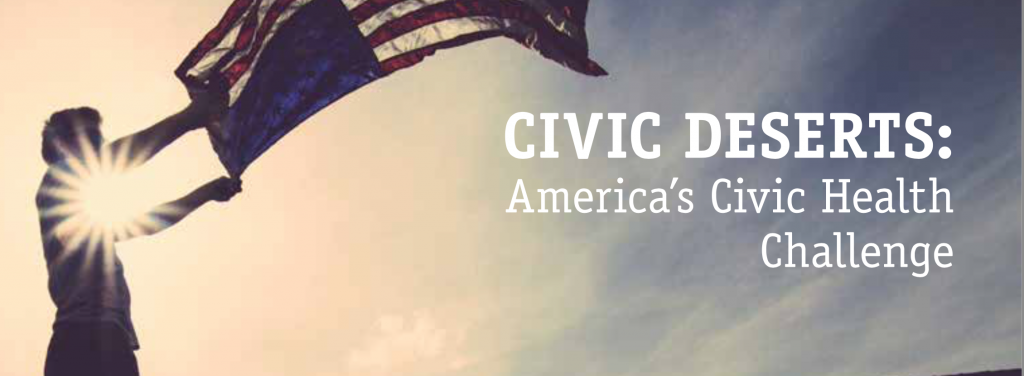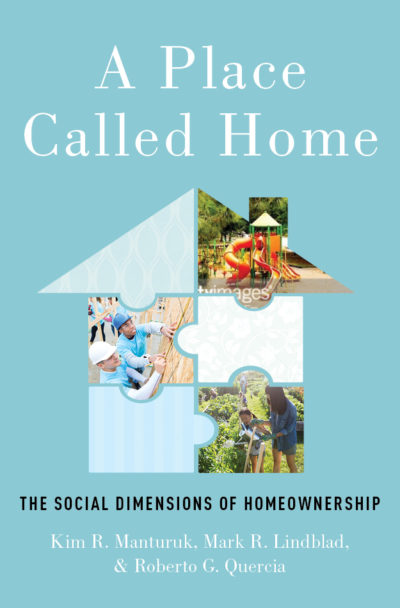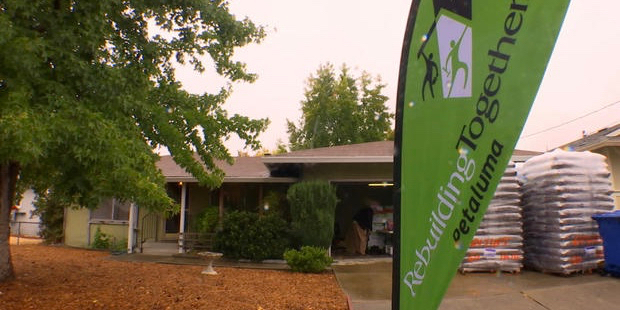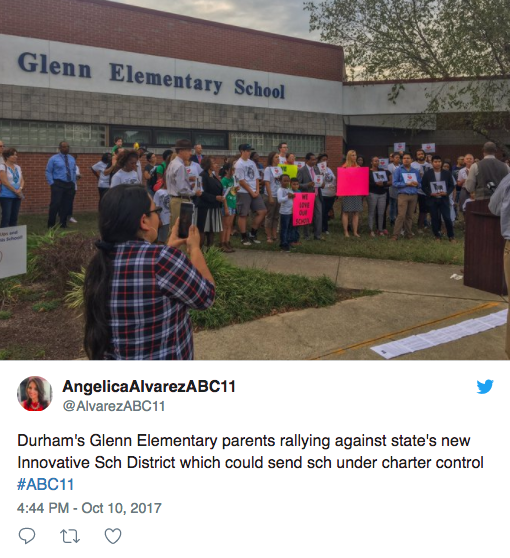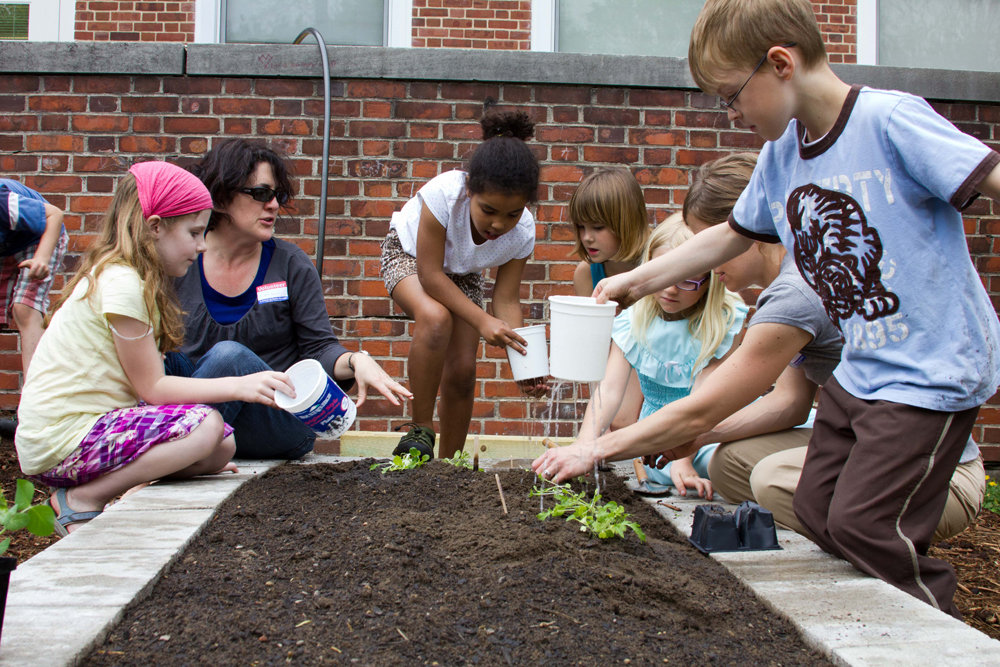
Five months after the Charlottesville rally and protest, the debate over what to do with numerous Confederate statues which pepper much of the South remains as strong – and as polarized – as ever before.
Just days after the massive protests and violence in the Virginia city, four Confederate monuments in Baltimore and three on the campus of the University of Texas, Austin were taken down by city authorities, with another in Durham toppled by protesters. In October, the scene was repeated in Lexington, Kentucky. Last month, two statues were removed in Memphis, while the infamous “Johnny Reb” statue expelled Continue Reading
